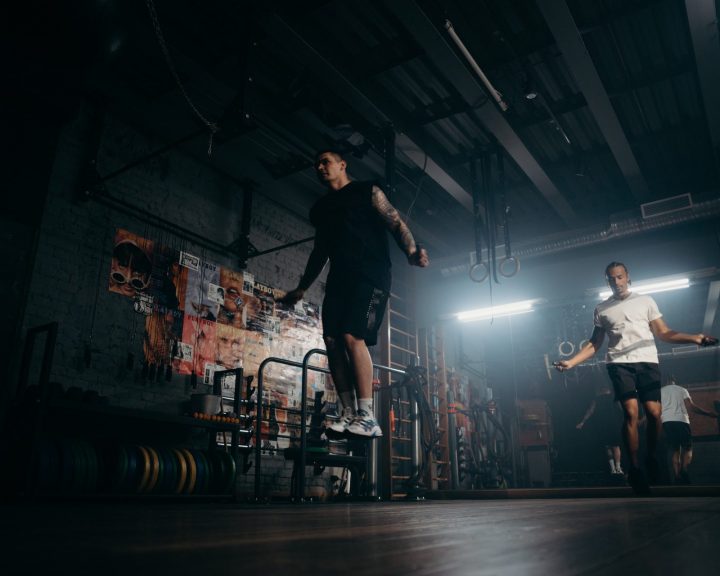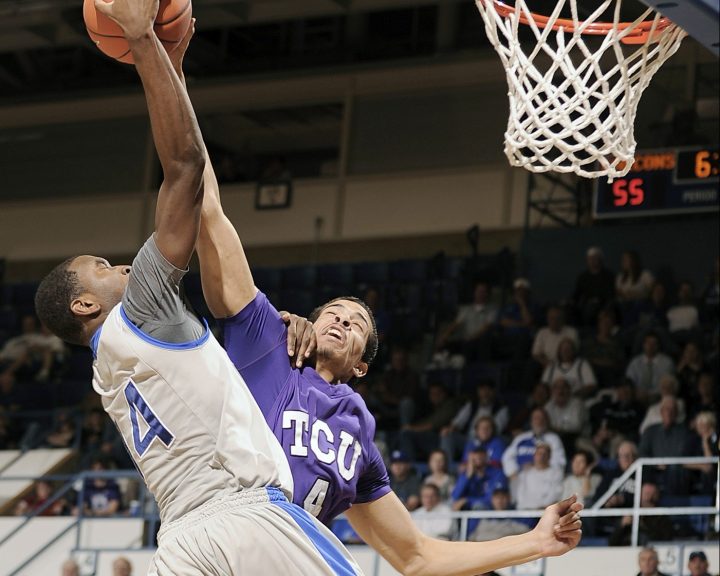Satellite cells are cells that are located between the outer and inner parts of the muscle fiber membrane. They are thought to be extremely important to hypertrophy, in fact they may be what provides the material to allow hypertrophy to occur. Previous research has shown that those individuals with the greatest increase in satellite cells as a result of training also make the greatest gains from training in terms of muscle fiber cross-sectional area (see Petrelle et al 2008).
In the February issue of Medicine and Science in Sports and Exercise, Cermak et al try to determine if there is a muscle fiber-specific effect to the satellite cell response to exercise, specifically eccentric exercise. In other words, do fast-twitch fibers or slow-twitch fibers have a different satellite cell response from the exercise?
To study this, the authors had subjects perform 15 sets of 20 reps of isokinetic knee extensions. A muscle biopsy sample was taken before and 24 hours after the exercise from the vastus lateralis.
The results found that both Type I (slow-twitch) and Type II (fast-twitch) fibers increased their cross-sectional area 24 hours post-exercise (Type I by 16%, Type II by 14%). Both increased the number of nuclei per fiber post-exercise (Type I by 24%, Type II by 20%). In other words, to this point both fiber types responded almost identically. Where they differed was in the number of satellite cells per muscle fiber. The Type I fibers did not change as a result of the exercise session, the Type II fibers increased the number of satellite cells per fiber by 56%.
This might help to explain why Type II muscle fibers experience hypertrophy to a greater degree than Type I. Having said that, some limitations need to be kept in mind with this study. First, it’s only a single exercise session and it is only using isokinetic knee extensions. It’s unclear how the body is going to react to a long-term exercise program that incorporates multiple modes of training. Second, it’s unclear how the body responds to different exercises or the isotonic exercise that most of us use. Nevertheless, it’s a very intriguing first step into explaining why the Type II muscle fibers respond to training the way they do.
References;
Cermak, N.M., Snijders, T., McKay, B.R., Parise, G., Verdijk, L.B., Tarnopolsky, M.A., Gibala, M.J., and van Loon, L.J.C. (2012). Eccentric exercise increases satellite cell content in type II muscle fibers. Medicine and Science in Sports and Exercise, 45(2), 230-237.
Petrella, J.K., Kim, J-S., Mayhew, D.L., Cross, J.M., and Bamman, M.M. (2008). Potent myofiber hypertrophy during resistance training in humans is associated with satellite cell-mediated myonuclear addition: A cluster analysis. Journal of Applied Physiology, 104(6), 1736-1742.




